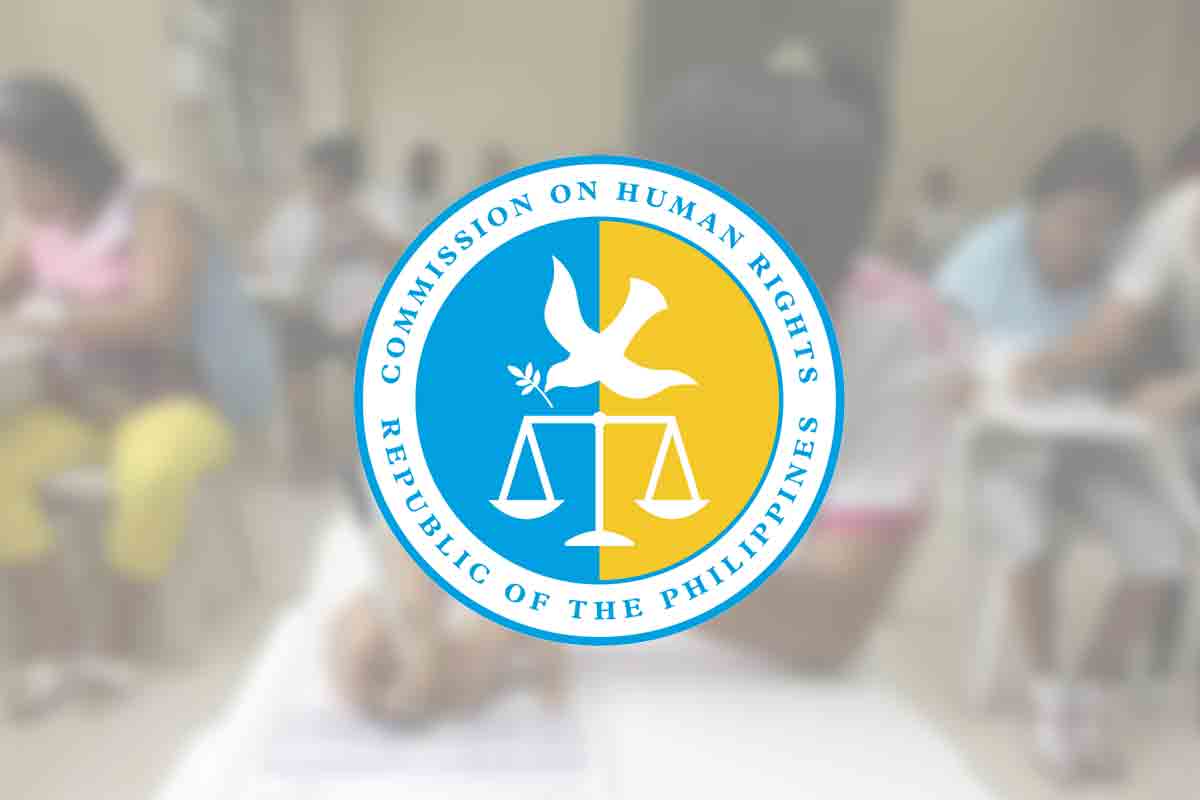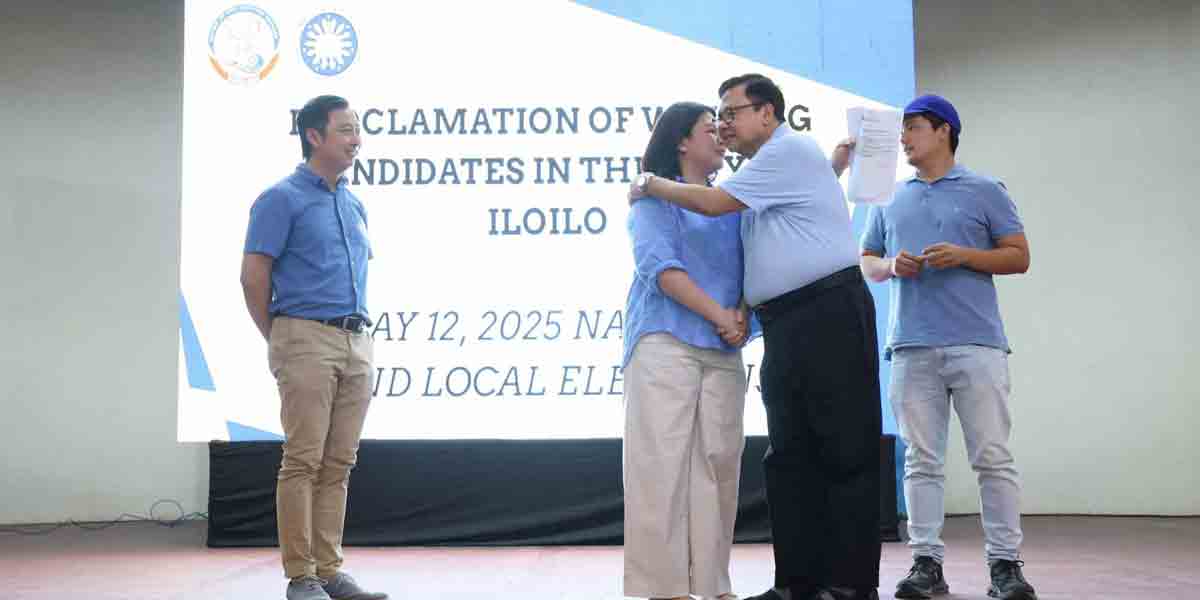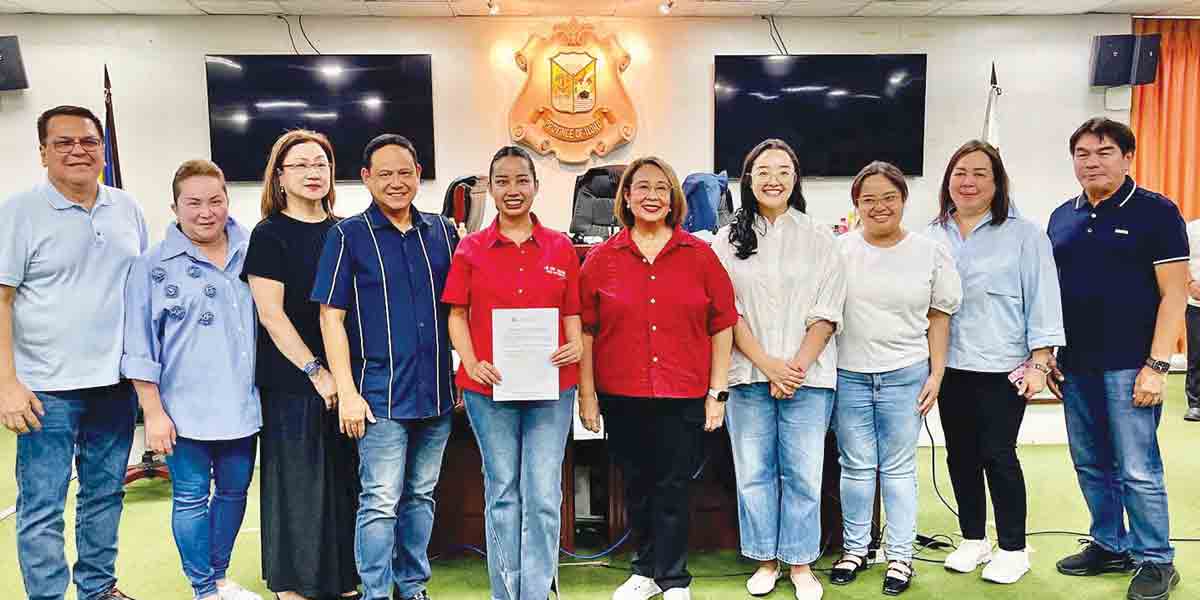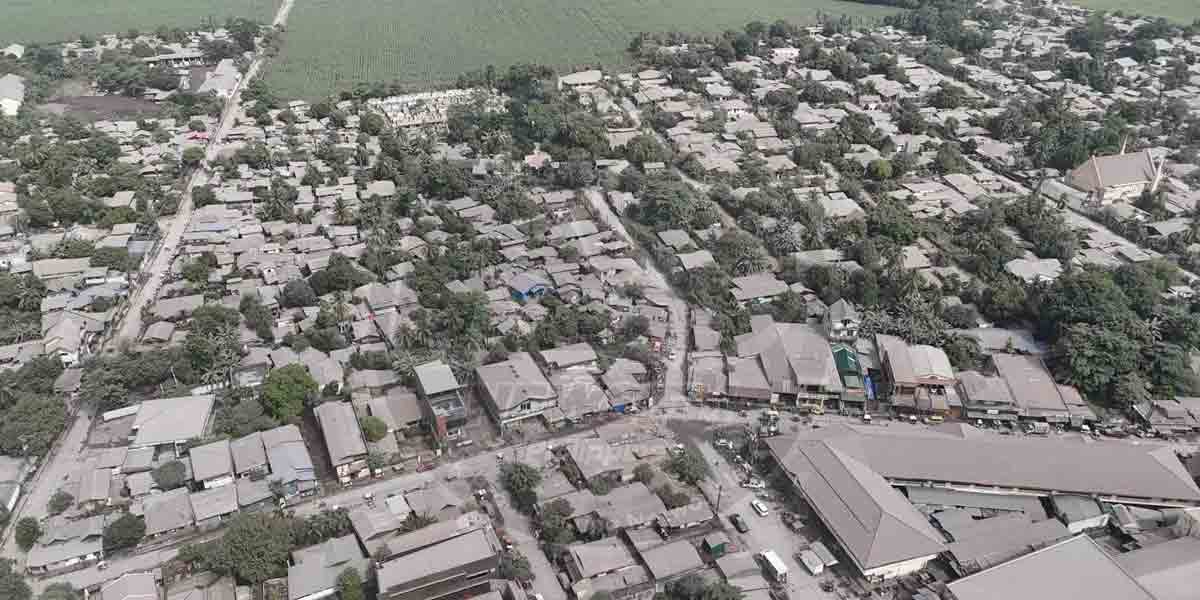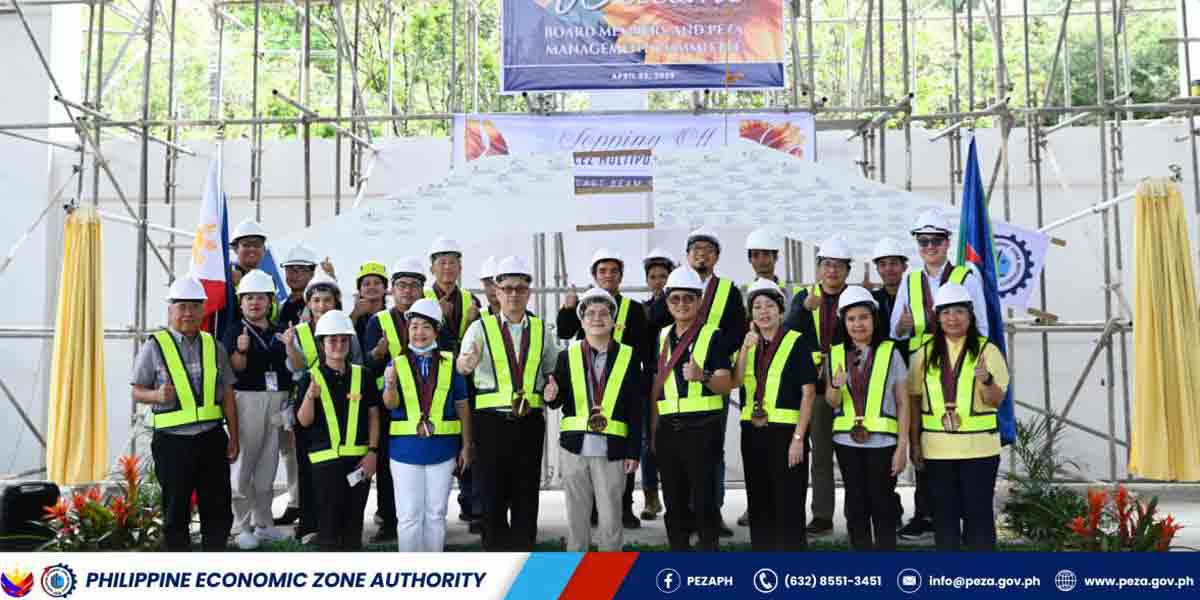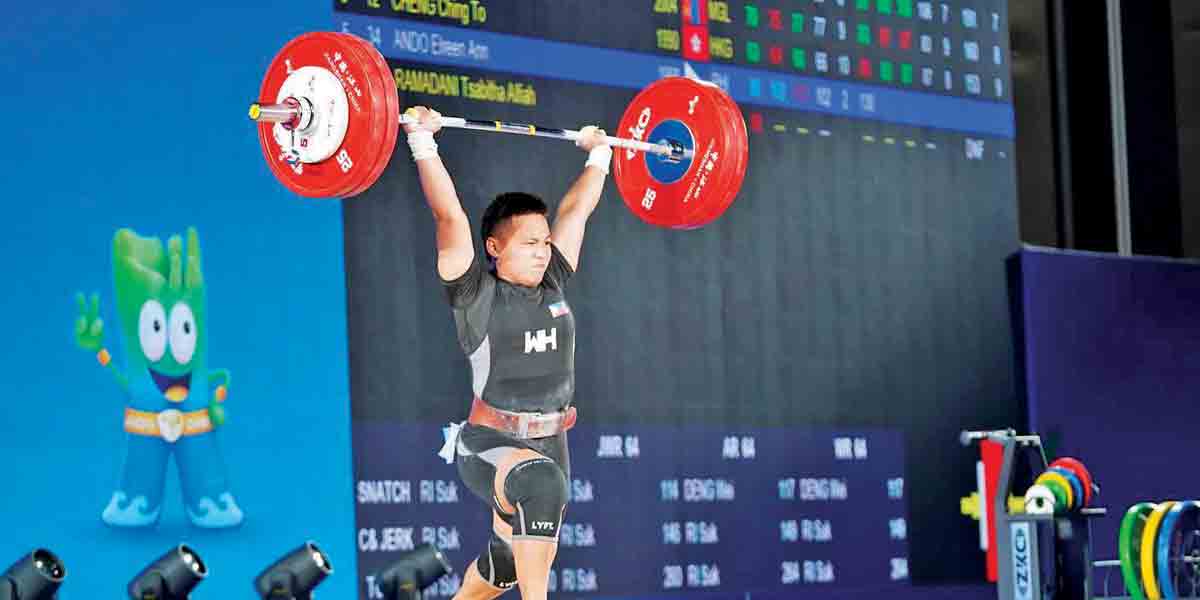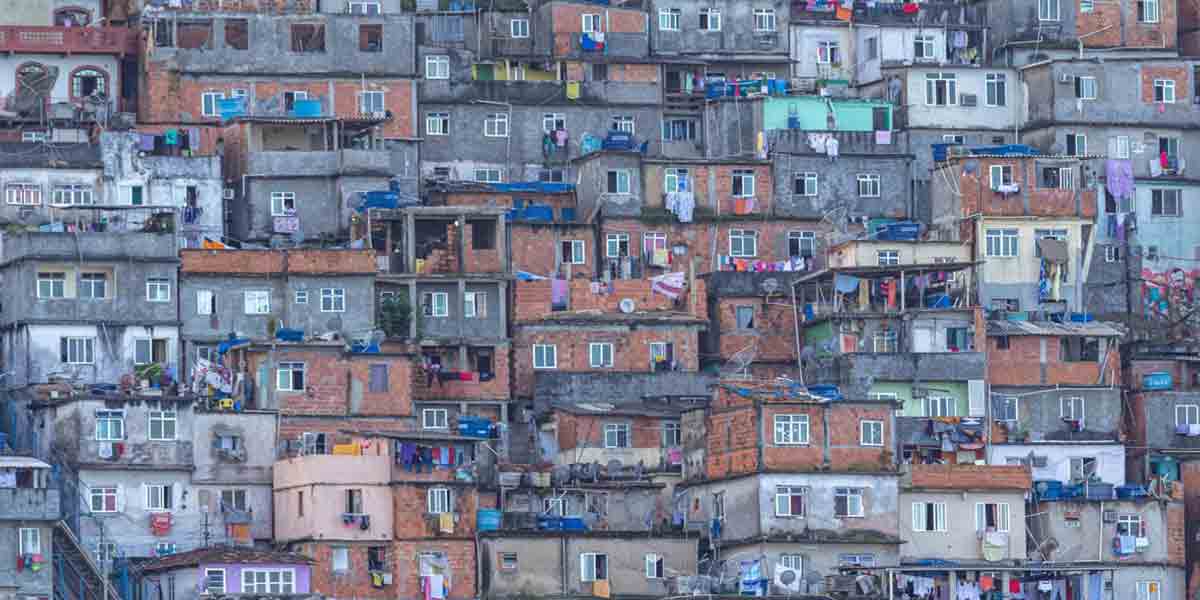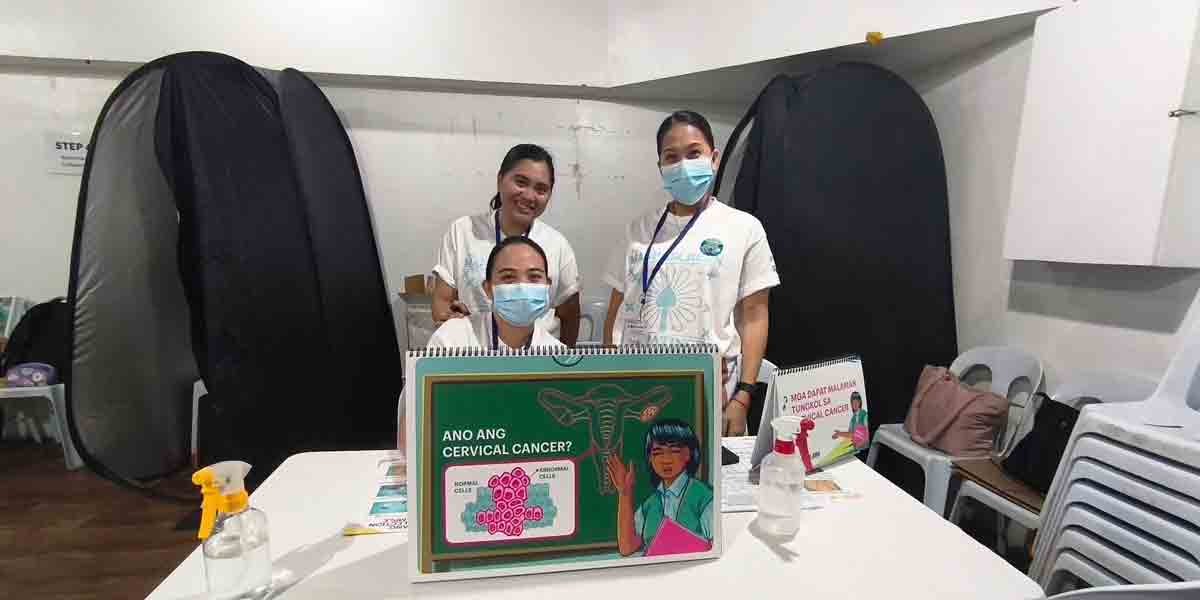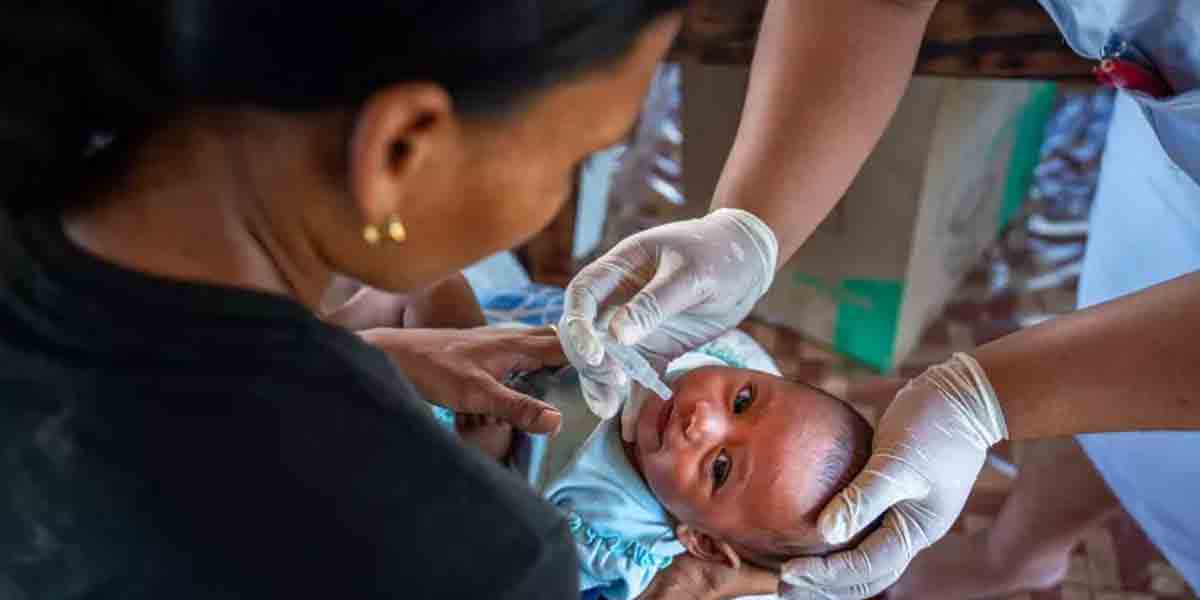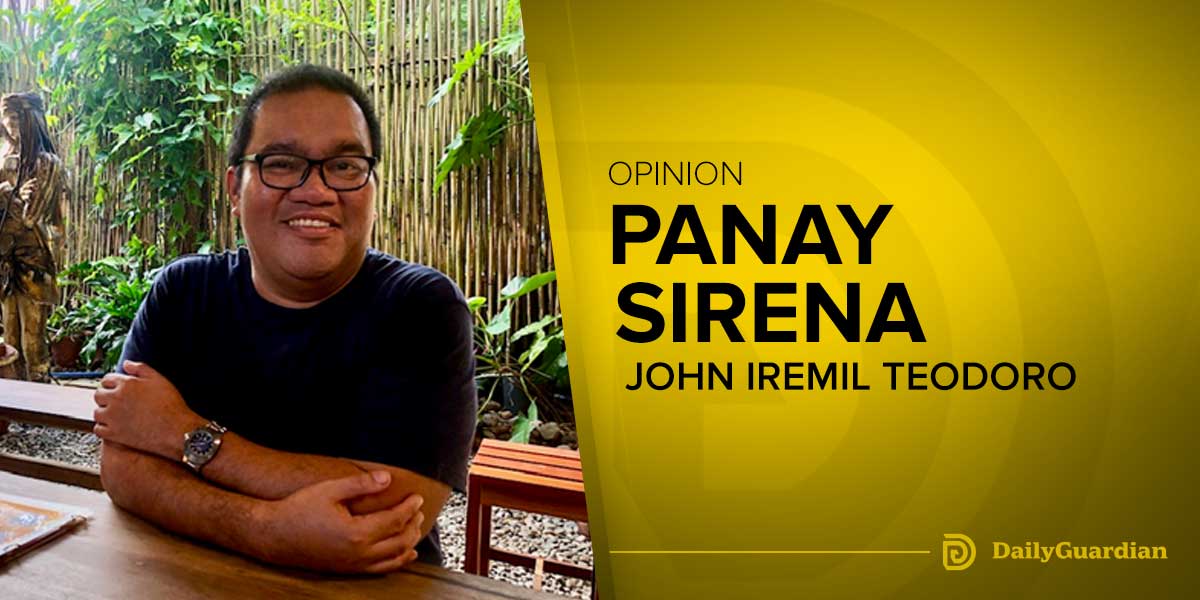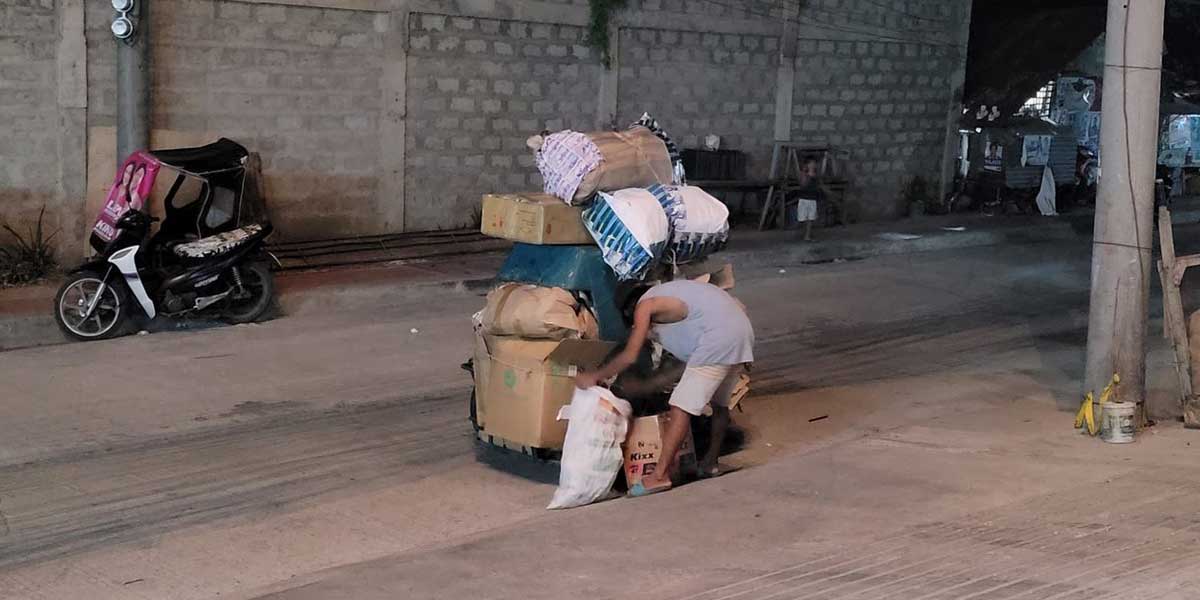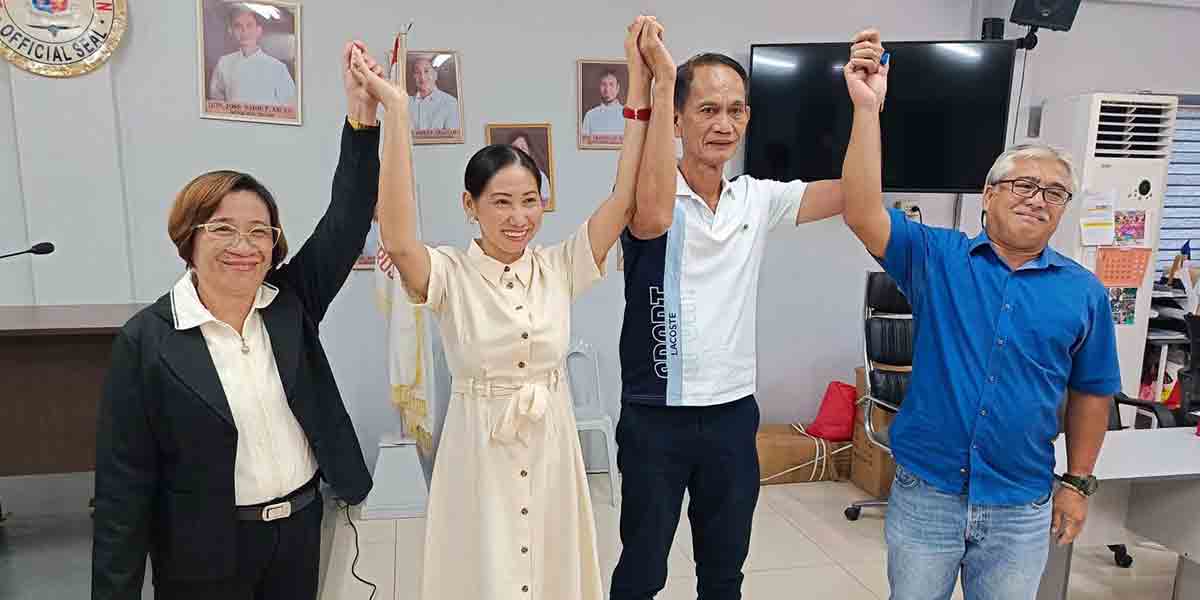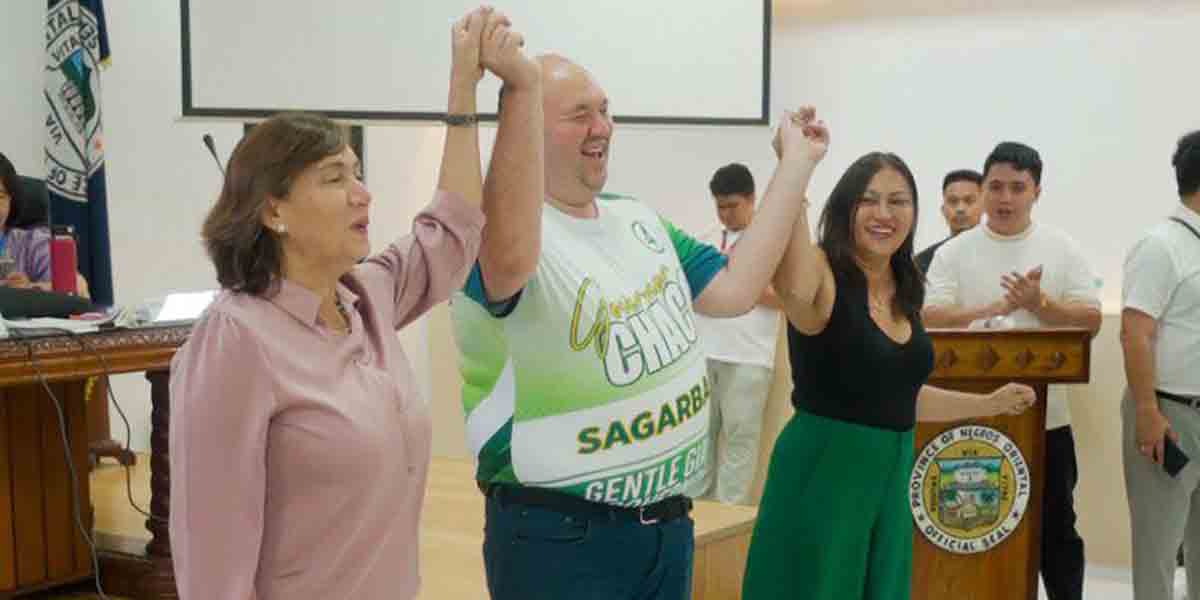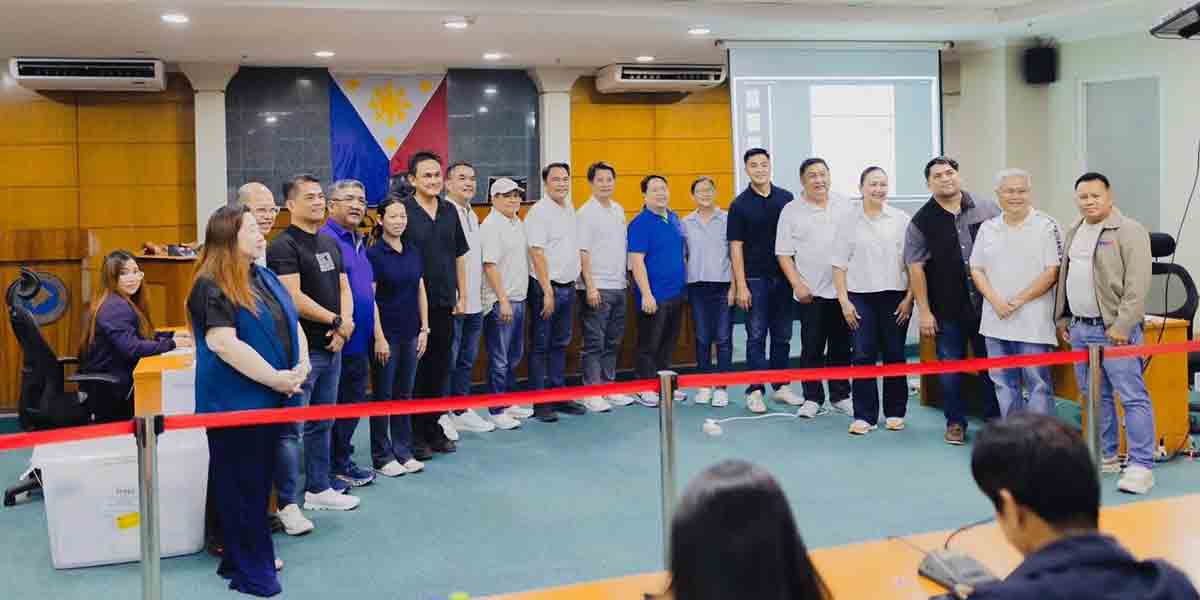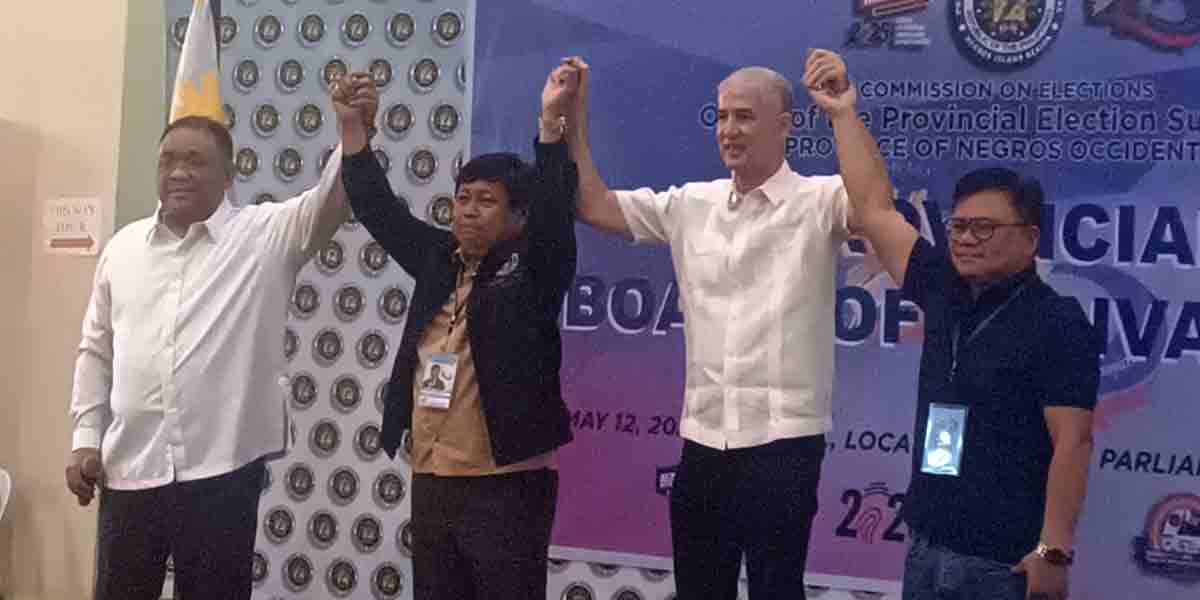The government has poured billions of pesos into social protection and livelihood programs over the past decades. Yet poverty continues to cling stubbornly to Filipino households, with the national poverty incidence dropping only from 18.1 percent in 2021 to 15.5 percent in 2023.
The Philippine Institute for Development Studies (PIDS) and BRAC Philippines offer a sobering answer: despite the resources, poor coordination and fragmented implementation are crippling the effectiveness of these programs. In short, too many cooks are spoiling the broth—and the poor are paying the price.
The study found that multiple government agencies implement similar poverty alleviation efforts, often targeting the same beneficiaries without clear lines of responsibility or effective mechanisms to work together. The Department of Social Welfare and Development’s Sustainable Livelihood Program, the Department of Labor and Employment’s Integrated Livelihood Program, and the Department of Agriculture’s own interventions all tend to overlap. Instead of complementing each other, they create redundancy, confusion, and wasted funds.
This is more than just a technical hiccup. When government fails to coordinate, the people at the bottom of the ladder suffer twice: first from poverty itself, and second from a system that is supposed to help but instead gets in its own way.
The promise of “joint programming” or convergence—where agencies align efforts to deliver holistic support to poor families—is good in theory but messy in practice. Local governments, which are key to implementation under the devolution policy of Executive Order No. 138, often lack the budget, manpower, and systems to carry out integrated programs. Around 70 percent of municipalities surveyed reported having no specific budget for joint aid programming.
Take DSWD’s Padayon (Continue or Sustain) model, a promising attempt to integrate cash grants, training, and support services for households exiting the Pantawid Pamilyang Pilipino Program (4Ps). While the design is innovative, its local rollout has been inconsistent. Around 75 percent of implementing units cited limited funding, and 68 percent of frontline staff flagged serious coordination challenges.
This disconnect between policy and practice exposes the hollowness of convergence as it exists today. What we have is convergence on paper and chaos on the ground.
Another chronic failure is the lack of interoperable data systems. Agencies still operate in silos, with no unified platform for identifying, tracking, and evaluating beneficiaries. The result: some families receive duplicative support while others fall through the cracks entirely. Without a shared database, monitoring becomes guesswork and duplication becomes inevitable.
Seventy-two percent of DSWD field offices cited technical difficulties in data sharing. This shows that the lack of a digital backbone isn’t a minor hurdle—it’s a fundamental governance flaw.
Tools like the Philippine Identification System (PhilSys) and the Community-Based Monitoring System (CBMS) were supposed to fix this. But integration remains slow and uneven. If we truly want to deliver aid efficiently, these systems must be more than buzzwords. They must become the foundation of a real-time, interoperable network that allows agencies to see the same data, work off the same lists, and plan with the same vision.
But technology alone won’t fix a broken framework. We must also shift the logic of aid from stopgap to sustainability.
Many current programs deliver one-time grants or short-term support with little follow-up. While useful in emergencies, these do not build long-term resilience. It’s time to fully embrace the graduation approach—combining cash assistance, livelihoods, skills training, coaching, and social support to guide households out of poverty for good.
Graduation is not a silver bullet, but it is a ladder—if built and scaled well. The Padayon model is a step in this direction. The challenge now is to make it a national policy standard, not just a pilot or special project.
Ultimately, poverty reduction is not just a matter of generosity. It is a test of governance.
The real metric of success should not be the number of seminars held, starter kits distributed, or funds obligated. It should be whether lives have changed. Has a family moved from subsistence to stability? Has a barangay seen reduced dropout rates or improved food security? Are more households less dependent on aid?
The government has set an ambitious goal of bringing down poverty to 9 percent by 2028. That target is achievable—but only if we stop running in circles and start walking in step.
This means agencies must agree not just to collaborate but to unify their efforts behind clear roles, shared indicators, and transparent reporting. It means putting the poor at the center—not as statistics to be served, but as partners in shaping and evaluating solutions. And it means investing not just in programs but in the systems and people that make those programs work.
The poverty rate is not just an economic number—it is a governance report card. And right now, we’re barely passing.

